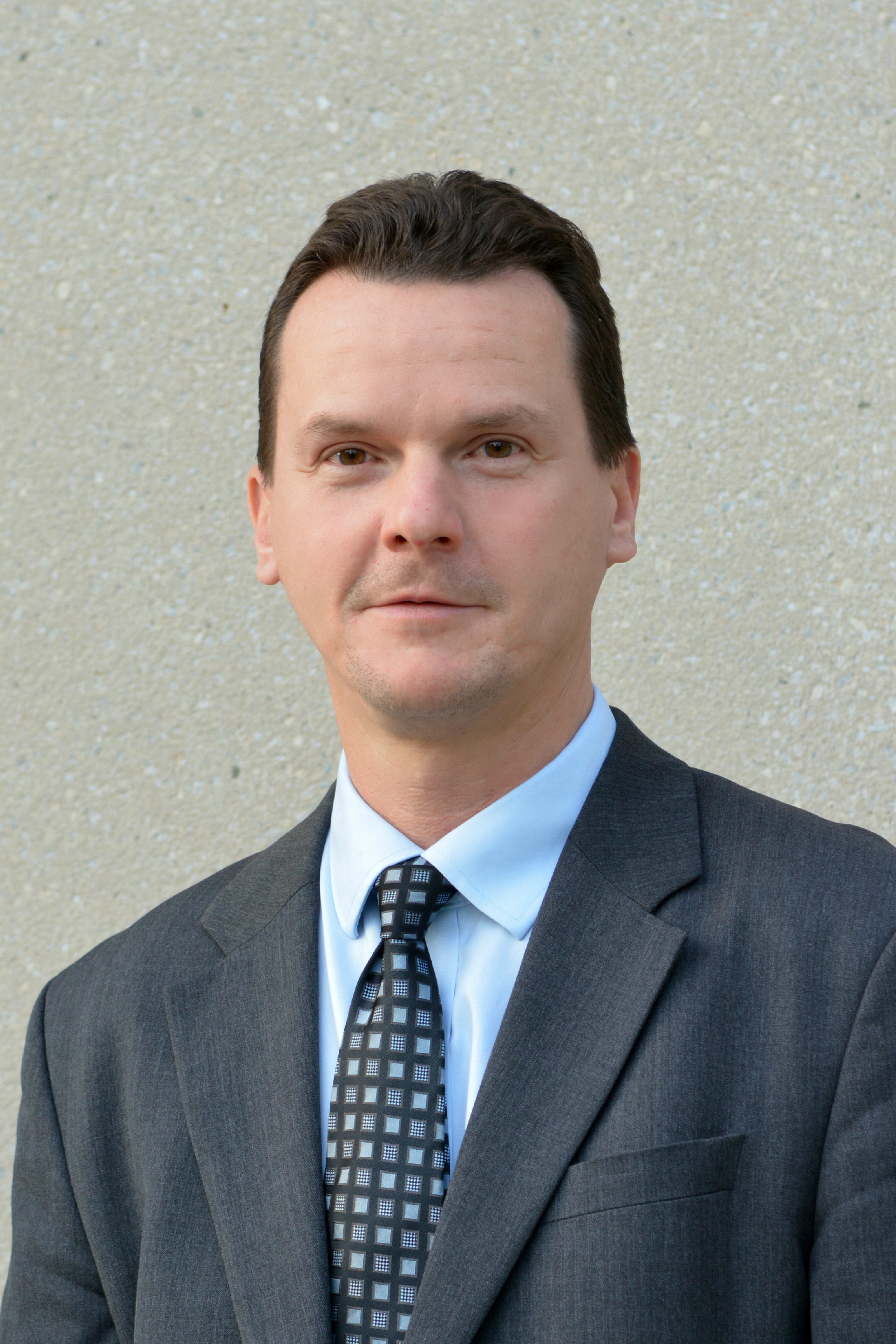Targeting endogenous glomerular repair in lupus nephritis
Dr. Janos Peti-Peterdi studies what goes wrong with the kidneys in people with lupus and how kidneys damaged by lupus can be repaired. He has developed a pioneering research technique, known as “intravital imaging,” to use a highly sensitive microscope to directly examine in fine detail the kidneys in an animal model of lupus. He will also test two potential treatments for lupus nephritis and observe whether they are effective at repairing the kidneys by regenerating damaged cells. Using the insights and data gained as a springboard, Dr. Peti-Peterdi will then focus his research on patients with lupus nephritis to find ways to help their kidneys heal.
What this study means to people with lupus
This research project promises to improve treatment of lupus nephritis for the benefit of all patients with this serious complication.
This project will identify and explore radically new molecular and cellular mechanisms in the pathogenesis of lupus nephritis (LN), a major organ complication and cause of morbidity and mortality in patients with systemic lupus (SLE). The other important, translational purpose of these studies is to determine if targeting these new pathogenic factors provide therapeutic benefit in LN. Our overall, long-term vision is that a new therapeutic approach, fundamentally different from the existing non-specific strategies, one that is targeting the renal glomerular endothelium for local kidney tissue repair, will help to cure this complex and devastating disease. Our overarching hypothesis is that endothelial dysfunction due to both systemic immune system attacks (via interactions between the CD44 ligand hyaluronic acid (HA) in the glomerular endothelial glycocalyx and activated memory T cells) and insufficient endogenous glomerular repair (via reduced local production of the angiogenic hormone CCN1) are critically important in the development and potential therapy of LN. This project will use a comprehensive experimental approach including mouse models of LN, intravital imaging with serial multiphoton microscopy (MPM), cell fate tracking in the intact mouse kidney in vivo, drug treatments in whole animals, classic disease phenotyping, and translational human clinical studies The specific aims are to (1) Examine the role and mechanism of the endothelial glycocalyx in the homing of activated memory T cells in LN. This aim will test the hypothesis that activated memory T lymphocytes, (2) Examine the potential of targeting hyaluronan (HA) for therapeutic intervention in LN, (3) Test the therapeutic potential of exogenous CCN1 supplementation in LN, and (4) Translate the pre-clinical animal data to the human kidney and LN. This novel therapeutic approach that is targeting endogenous kidney repair may be further developed and translated for the better treatment of patients with LN.




